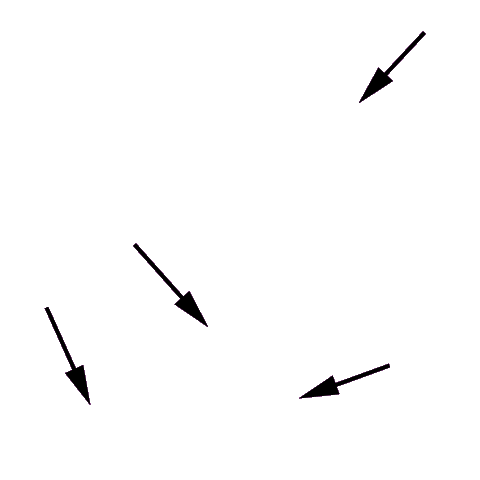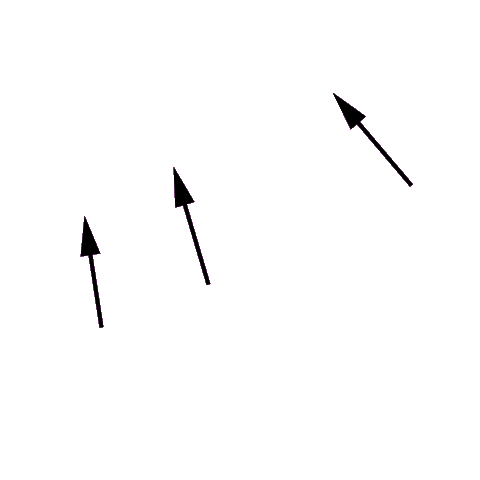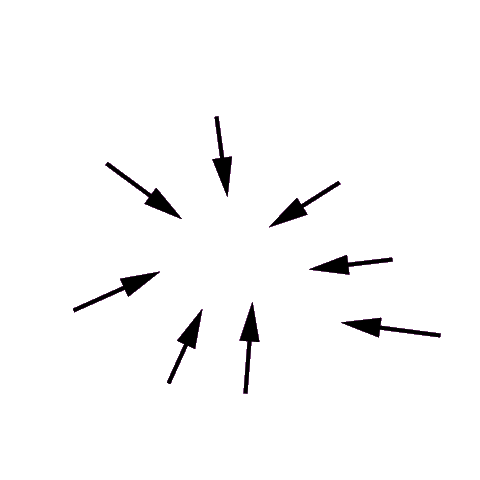
sg, spermatogonia; sc, spermatocyte cysts; st, spermatid cysts. After exposure of male zebrafish to the androgen receptor antagonist flutamide, morphometric analysis of the testis showed relatively more spermatogonia cysts and less spermatocyte cysts, as compared to control animals; the reduction of spermatocyte cysts was also reflected in a small increase in spermatid cysts, which however is not statistically significant. This shift is dose-dependent, and calculated changes were in the range of +12-24% for spermatogonia, and of - 13-17% for spermatocytes. It indicates inhibition of transition from spermatogonia to spermatocytes, i.e. inhibition of meiosis. This effect is as expected contrary to that of the androgen agonist 17a-mdhTestosterone, which resulted in stimulation of this transition process. Cyst sizes were not altered by flutamide.

adult male zebrafish, exposed to 1 mg/L flutamide for 8 d. H&E staining. After exposure to a high dosage of the androgen receptor blocking agent flutamide (1 mg/L, 8 d), well-developed oocytes
 were observed in the testis of adult zebrafish. Such scattered oocyte-like cells are indicated as testis-ova*. Furthermore, primary gonocytes were large
were observed in the testis of adult zebrafish. Such scattered oocyte-like cells are indicated as testis-ova*. Furthermore, primary gonocytes were large compared to unexposed animals, suggesting initiation of female differentiation. This visual observation was confirmed by morphometrical analysis, which showed that there is an increased average size of primary gonocytes at all dosages (>1 µg/L, 8 d).
compared to unexposed animals, suggesting initiation of female differentiation. This visual observation was confirmed by morphometrical analysis, which showed that there is an increased average size of primary gonocytes at all dosages (>1 µg/L, 8 d).Note, that even at this medium-power magnification, Sertoli cells
 can be discerned easily.
can be discerned easily.
Differentiation of testicular primary gonocytes is controlled by mediators produced by Sertoli cells (as described by Ito 19991 for the newt). The observed development of oocytes in the zebrafish testis after stimulation with flutamide suggests disruption of this control: by blocking the androgen receptors, stimulation by endo-estrogens becomes predominant, leading to female differentiation of the gonocytes. This disturbed hormonal balance is reminiscent to the imbalance which may occur during testis development, leading to early testis-ova.
1 Ito-R, Abe-SI. FSH-initiated differentiation of newt spermatogonia to primary spermatocytes in germ-somatic cell reaggregates cultured within a collagen matrix. Int J Dev Biol 43:111-116;1999.
effects of tamoxifen on the testicular interstitium

adult zebrafish, 10 mg flutamide/L for 8 h. H&E staining. Exposure of adult zebrafish to the androgen receptor blocking agent flutamide induced nuclear hypertrophy of the lobule boundary cells
 , which are transformed Sertoli cells. These cells, which are hardly discernible under normal conditions, thus grow to a visible size. On the other hand, as a result of this altered morphology, this image very well illustrates the engulfing or bounding function of these cells in relation to solitary spermatogonia or further matured spermatogenic cells clustered in cysts.
, which are transformed Sertoli cells. These cells, which are hardly discernible under normal conditions, thus grow to a visible size. On the other hand, as a result of this altered morphology, this image very well illustrates the engulfing or bounding function of these cells in relation to solitary spermatogonia or further matured spermatogenic cells clustered in cysts.This effect was observed after the shown short exposure with a high concentration (10 mg/L for 8 h), and also after a prolonged exposure with a low concentration (1 µg/L for 8 d)


adult zebrafish, 1 µg flutamide/L for 8 d. H&E staining.
.Sertoli cells are stimulated by androgens to produce mediators such as activin B, which in turn stimulate mitosis in spermatogonia 2. The Sertoli cells are thus a primary target for androgens, and this fits the morphological changes in these cells as observed after xeno-androgenic stimulation. In view of the stimulating effect of androgens on Sertoli cells, exposure to anti-androgens would logically induce inactivation of these cells; the observed activation is unexpected and unexplained.
2 Nagahama Y. Endocrine regulation of gametogenesis in fish. Int J Dev Biol 38:217-229;1994.
anti-androgenic effects in the testis - Leydig cells

adult male zebrafish exposed to 320 µg tamoxifen /L for 3 weeks (lower image); reference in upper image. H&E staining. After exposure of adult zebrafish to the androgen receptor blocking agent flutamide, the testicular interstitial tissue
 , which is present between the spermatogenic cysts, contains large clusters of Leydig cells
, which is present between the spermatogenic cysts, contains large clusters of Leydig cells , which in unexposed animals usually occur solitary or in smaller clusters.
, which in unexposed animals usually occur solitary or in smaller clusters.This hyperplasia was observed at the higher exposure levels (> 10 µg/L) in a short-term exposure experiment (8 d). These Leydig cells had a normal appearance, i.e. medium sized cells with an oval or pear-shaped nucleus, containing coarsly dispersed chromatin.
Note, that hypertrophied Sertoli cells
 are also present.
are also present.
Similar large clusters of Leydig cells were found after exposure to the anti-estrogen tamoxifen.
see also Leydig cell page